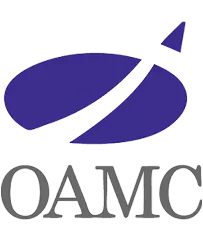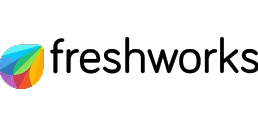
For starters, BYOC is a modern-day deployment model that allows customers to run software in their own cloud environment. That means, you no longer require a vendor’s cloud support. More than a niche alternative, BYOC is challenging the status quo for SaaS delivery in an enterprise-first world.
In this blog, you’ll know what’s troubling traditional SaaS, why BYOC is gaining traction, and what this shift means for the future. Keep scrolling!
What’s The Problem with Traditional SaaS?
SaaS became the first choice primarily because it abstracted away the infrastructure. One signs up for a product, pays a monthly subscription, and gets the latest version of the software running on the vendor's cloud. Sounds great, right? Indeed, it was until a bunch of limitations came to light.- Lack of Control over Data and Infrastructure
- Limited Customization and Vendor Lock-in
- The Runaway Costs
A 2022 industry study found that an average mid-sized company uses over 200 SaaS apps. However, over 30% of the subscriptions were either underused or never used. So, there's no way you can optimize a SaaS offering or tune up the infrastructure. As a result, your business will always be at the mercy of the pricing tier. Eventually, you end up compromising for what is "well enough” instead of what is "best" for your company.
Flipping the Equation With BYOC
BYOC is changing the dynamics of traditional SaaS models. Instead of using the vendor’s cloud, you can run an app in your own cloud. Azure, AWS, Google Cloud — take your pick. While the vendor will still have to provide the app (as it’s not a free-for-all but a shared responsibility model), you can control the runtime, the data, and the infrastructure. So, BYOC is your new ticket to leverage the maximum benefits of SaaS, like managed components and automatic updates, without sacrificing autonomy. And there’s more than one reason why it matters for forward-thinking businesses today. Your data remains with you: BYOC ensures sensitive or regulated data never leaves your infrastructure.- You have the power to choose how and where the data is stored and keep things compliant with standard regulations like GDPR, HIPAA, CCPA, or SOC2. In other words, you’re no longer dependent on a vendor’s hosting or security.
- Full stack control and observability: With BYOC, you have the freedom to plug in your own monitoring stack (like Prometheus, Datadog, etc.) and utilize existing CI/CD pipelines. From CPU load autoscaling to injecting custom security policies, being in your own cloud gives you total control. This helps companies with mature DevOps practices when onboarding a new tool without spending anything extra.
- Unmatched cost optimization: Running software in your own cloud means you can readily optimize infrastructure spending. Feel free to tune down the environments on weekends or reserve instances to save extra expenditure. So, unlike SaaS, where the only leverage is a subscription-based plan, BYOC allows seamless control over the use of resources.
Also, the global proliferation of privacy regulations is throwing stiff challenges at organizations. There's zero room for companies to treat compliance as an afterthought. BYOC allows smart architecturing of compliance right into your existing stack from the very beginning.
From startups to Fortune 500 companies, everyone is favouring BYOC for its unmatched data sovereignty. Leading vendors like Confluent and Astronomer are now offering BYOC as an option. Customers can choose to deploy software using their own cloud while still retaining full enterprise support. On the other hand, full-scale enterprise platforms like Databricks and Snowflake have also introduced "customer-managed" deployments by readily acknowledging hybrid control. As predicted earlier in a study by Gartner, over 85% of enterprises will have adopted a cloud-first strategy by the end of 2025. The majority of them are believed to insist on models that give them full control over infrastructure and data. BYOC fits the frame fair and square. But wait! Isn’t BYOC Complex Than SaaS? It's true that signing up for BYOC is a bit harder than SaaS. But for businesses that already use SaaS, it's no overstretch. Besides, BYOC-friendly vendors provide Terraform modules and Helm charts, and Kubernetes operators can seamlessly streamline the deployment. Hybrid models are also an option where you start things as SaaS and then migrate to BYOC gradually.





























